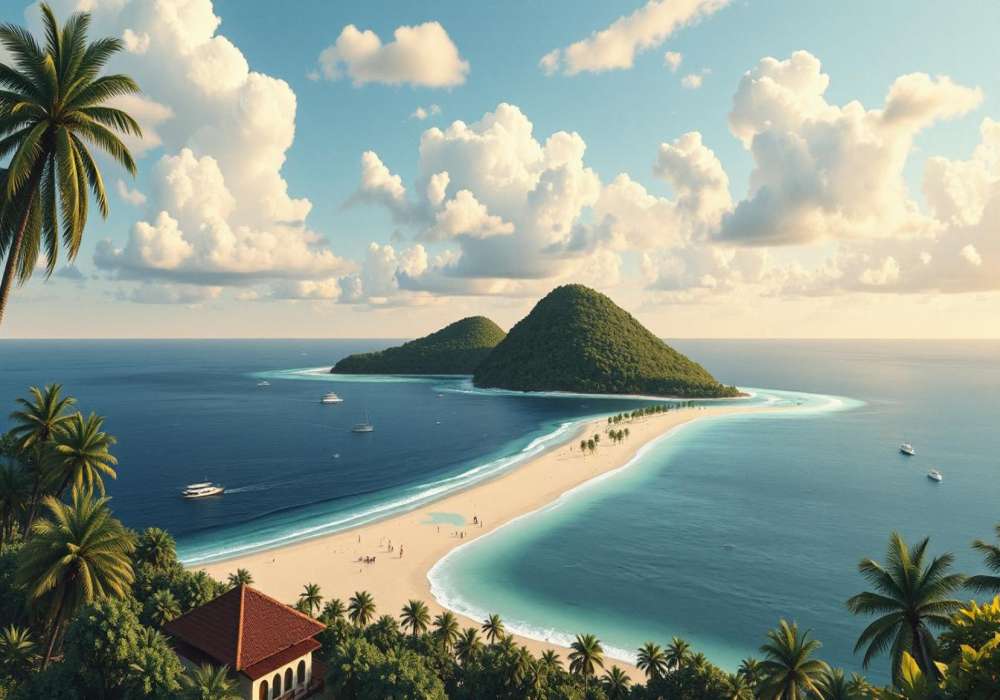
Last Updated At: 09-Jul-2025
History Of Seychelles : Cultural, Festivals And Historical Landmarks
Seychelles, a small yet captivating archipelago, offers more than just stunning beaches. The country's rich history, dating back to the 18th century, adds depth to its enticement. Despite a past marred by slavery under French influence in Seychelle and British colonial rule, Seychelles has evolved into a multicultural nation with influences from various African regions. The country gained independence in 1967 and became a republic in 1993, boasting a gender-equal government and a strong focus on education. Today, Seychelles is renowned for its natural beauty, diverse marine life, and historical sites like the Vallée de Mai.
Let's sail through the history of Seychelles to broaden our knowledge and gain a better understanding of its past.
Ancient Roots
The history of Seychelles traces back to ancient times when it is believed to have been uninhabited. However, evidence suggests that the islands were occasionally visited by Austronesian sailors and later by Bantu-speaking Africans. These early inhabitants left their mark on the archipelago through artefacts and cultural practices, shaping the foundation of the Seychellois identity.
European Exploration and Colonial Era Of Seychelles
The arrival of European explorers in the 16th century heralded a new chapter in Seychelles' history. The first recorded sighting of the islands was by Portuguese navigator Vasco da Gama in 1502. Subsequent explorers, including the likes of the Dutch and English, laid claim to Seychelles before it fell under French rule in the 18th century.
In 1756, the French East India Company established a settlement on the island of Mahé, laying the groundwork for colonisation. Seychelles flourished under French rule, with settlements expanding and plantations being established. However, the French presence was short-lived as the British gained control of Seychelles through the Treaty of Paris in 1814.
Colonial Legacy and Cultural Influences
British rule left an indelible mark on Seychelles, shaping its governance, economy, and culture. Plantations, primarily focused on the cultivation of spices and later coconut and vanilla, became the cornerstone of the economy. The British also brought with them slaves from Africa and India, contributing to the diverse Seychelles culture and heritage.
The legacy of colonisation is evident in Seychelles' architecture, language, and customs. Creole, a vibrant blend of French, African, and Asian influences, emerged as the lingua franca of the islands, reflecting the cultural fusion that defines Seychellois identity.
Strategic Importance and Global Influences
Seychelles' strategic location in the Indian Ocean made it a coveted prize for global powers vying for dominance in trade and geopolitics. Throughout history, the archipelago served as a crucial waypoint for ships traversing the Indian Ocean, facilitating trade routes between Europe, Africa, and Asia.
The global influences on Seychelles are reflected in its diverse population and cultural heritage. From Arab traders to European colonists, each wave of migration left an imprint on the islands, enriching its cultural tapestry and shaping its destiny.
Read more : Things To Do In Seychelles
Road to Seychelles Independence
The quest for self-determination gained momentum in Seychelles during the mid-20th century as demands for political reform grew. In 1964, Seychelles was granted internal self-government, marking a significant step towards independence. However, it was not until June 29, 1976, that Seychelles finally gained independence from British colonial rule, becoming a sovereign nation within the Commonwealth.
Modern Seychelles
Since gaining independence, Seychelles has undergone rapid development, transforming into a thriving nation known for its pristine beaches, vibrant culture, and sustainable tourism initiatives. The government has prioritised economic diversification and social development, striving to improve the lives of its citizens while preserving the natural beauty of the islands.
Today, Seychelles stands as a beacon of stability and prosperity in the Indian Ocean region, and the indigenous people of Seychelles leave no stone unturned in welcoming visitors from around the world to experience its unique blend of natural wonders and popular Seychelles historical sites. From the bustling streets of Victoria to the pristine shores of Anse Lazio, Seychelles continues to captivate and inspire all who journey to its shores.
Read more : Places To Visit In Seychelles
As we bid adieu to the captivating saga that is the History of Seychelles, we can't help but wonder how the past has shaped the present in this group of islands. From pirate stories to the effects of colonialism, Seychelles' history is a mix of strength and change. Seamlessly plan your journey to this exotic destination with Adotrip at your fingertips. With hassle-free bookings and curated itineraries, let Adotrip be your trusted companion in unlocking the wonders of Seychelles' past. Don't just dream of your next getaway; make it a reality with Adotrip.
With us, nothing is far!
Frequently Asked Questions About the History of Seychelles
Q1. What is the historical background of Seychelles?
A1. The historical background of Seychelles dates back to the 16th century when the archipelago was first explored by European sailors. It was later colonised by the French in the 18th century, followed by British rule.
Q2. When did Seychelles gain independence from colonial rule?
A2. Seychelles gained independence from colonial rule on June 29, 1976, becoming a republic within the Commonwealth.
Q3. Who were the early inhabitants of Seychelles?
A3. The early inhabitants of Seychelles were believed to be Austronesian sailors and later Bantu-speaking Africans. The islands were also briefly settled by Arab traders before European colonisation.
Q4. What is the significance of Seychelles' history in relation to trade and colonisation?
A4. Seychelles' history is significant in terms of trade and colonisation due to its strategic location in the Indian Ocean. It served as a crucial stopover for trade routes between Europe, Africa, and Asia. The islands were colonised successively by the French and British, contributing to their cultural diversity and influences.
Q5. Are there any notable historical landmarks or museums in Seychelles?
A5. Seychelles boasts several notable historical landmarks and museums, including the Seychelles National Museum in Victoria, which showcases the archipelago's history, culture, and natural heritage. Other landmarks include colonial-era buildings like the Clock Tower and Mission Lodge, offering insights into Seychelles' colonial past.
--- Published By Adotrip
Latest Blogs

Cash in the Wild: My Safari Adventure Across Kenya with Only...

One Day Picnic Spot Near Pune - Adventure, Trekking and Natu...

One Day Picnic Spots Near Mumbai - Monsoon, Adventure, Beach...
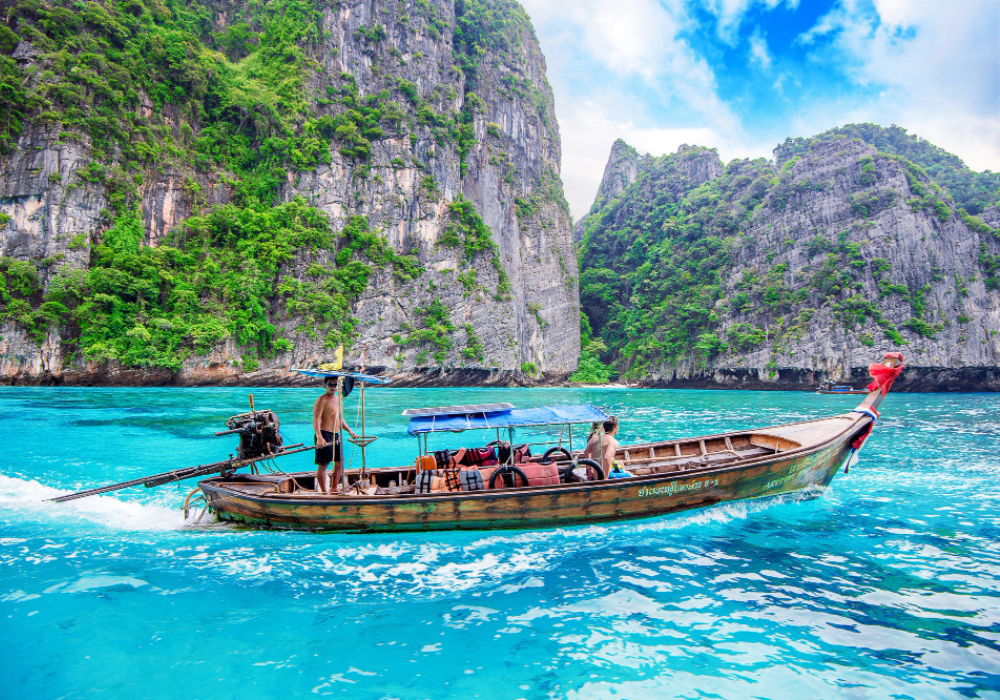
The Best Places to Go in Thailand in 2025



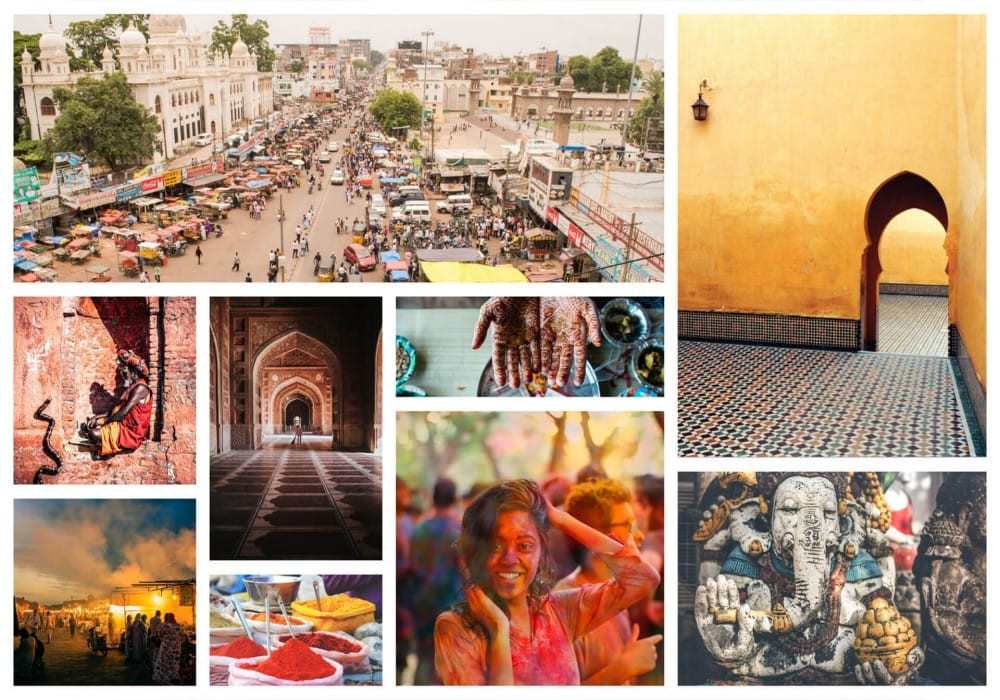

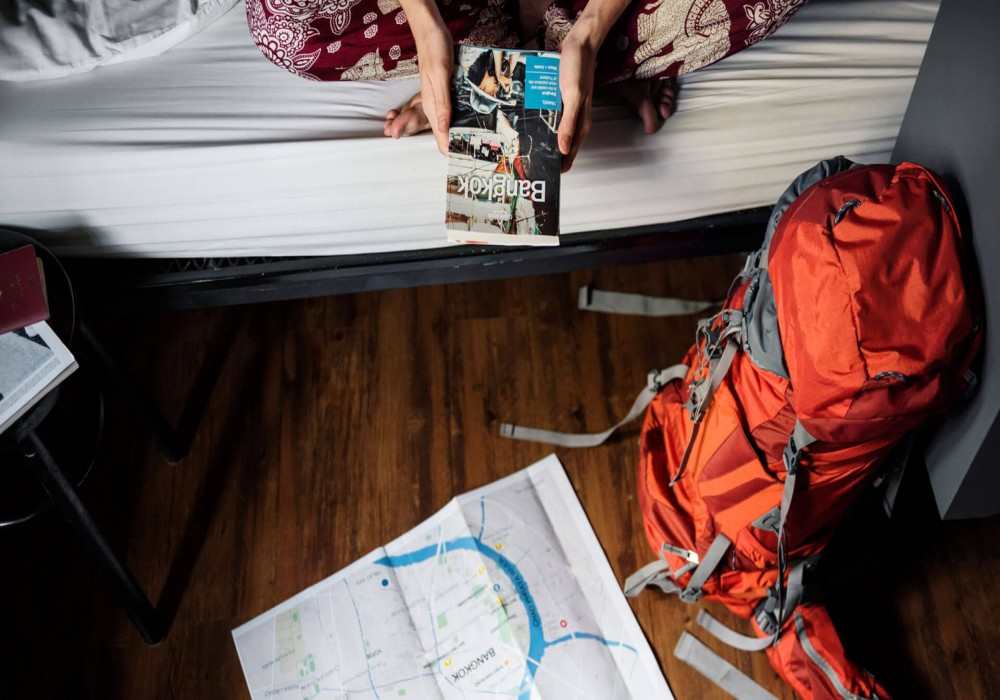

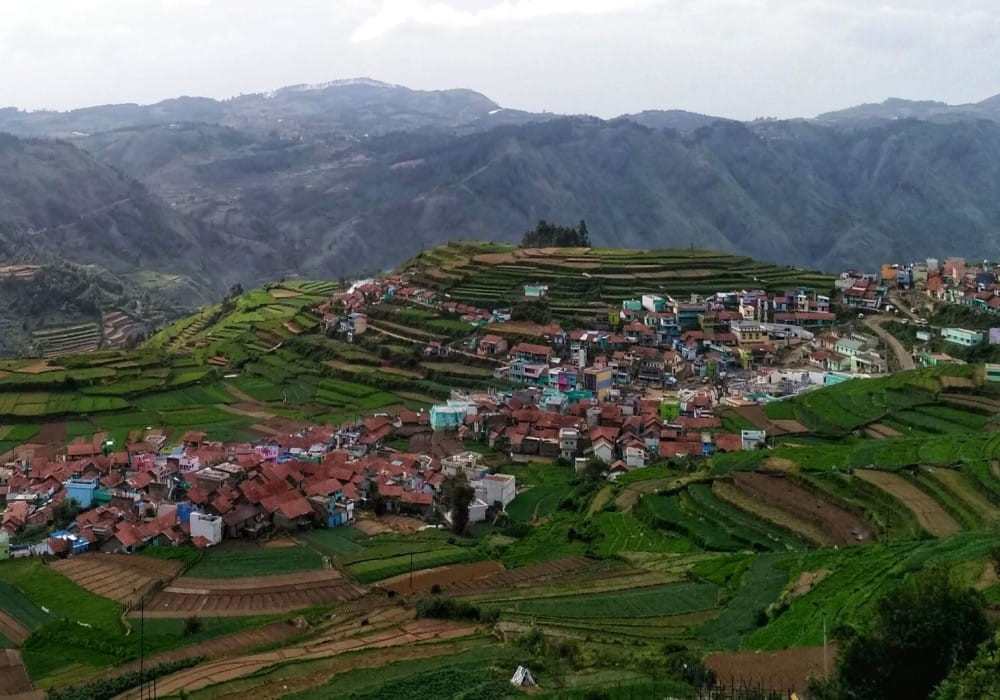
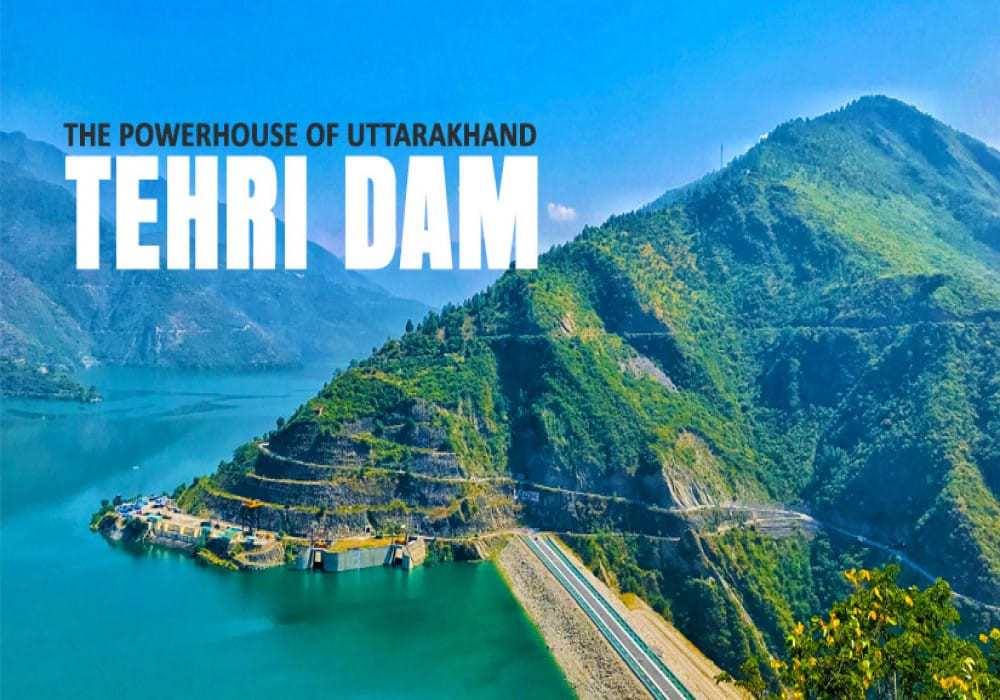


 Dubai
Dubai Malaysia
Malaysia USA
USA





